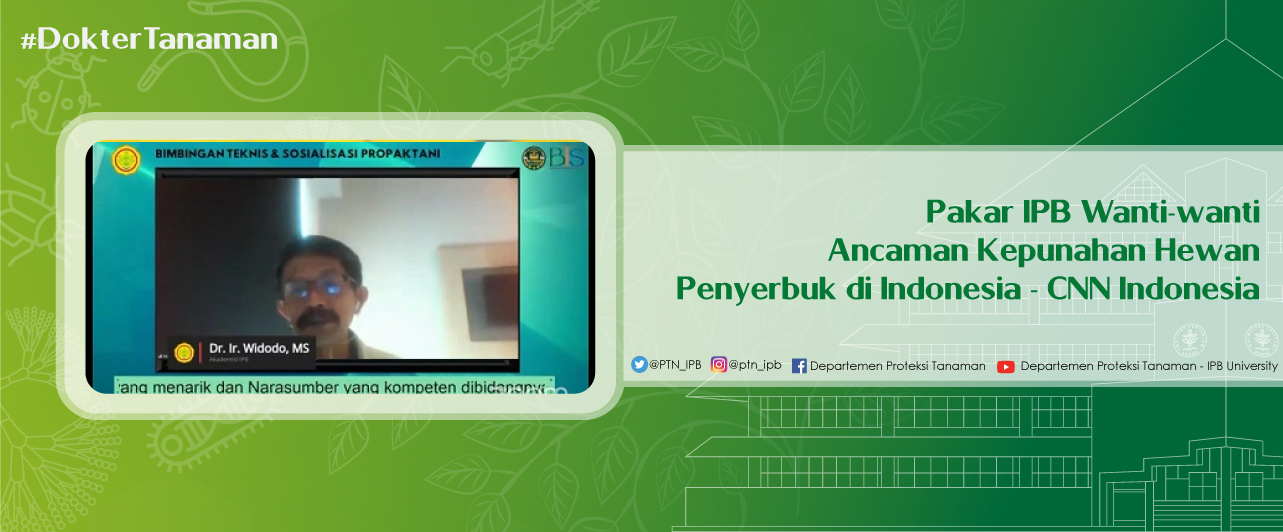
IPB Lecturer Explains How to Overcome Downy mildew on Corn Plants (Medcom.id)
Downy mildew is one of the most important diseases of maize in Indonesia. To understand how to manage it, farmers must understand at least three factors, namely the character of the cause of the disease, environmental conditions, and the corn plant itself.
Discussing this, Lecturer of the Department of Plant Protection, Faculty of Agriculture, Bogor Agricultural University (IPB University), Widodo was a resource person in the Propaktani webinar with the theme "Management of Downy mildew and Bacterial Stem Rot in Corn Plants" which was held by the Directorate General of Food Crops, Ministry of Agriculture. He said understanding the character of this plant is important for the management of downy mildew.
"The symptoms of this disease are indicated by the presence of chlorosis on the leaves, especially the young leaves. Then the appearance of a fine powdery coating which is the spore of the pathogen at dawn. In addition, corncobs that become 'toothless' are one of the strongest indicators," he said, Thursday, June 2, 2022.
Usually, the plants that are planted last, the damage will be greater. This is because farmers do not understand that corn must be planted simultaneously in a wide expanse.
He explained that the downy mildew was caused by a group of false fungal organisms and fungus-like protists. Derived from species Peronosclerospora maydis, P. sorghi, and P. philippinensis.
This obligate parasite cannot grow on artificial media or on rotting or dead plants. Most likely these three species can be carried by seeds.
Compared to other species, P. sorghi can infect through roots and can survive in the soil. "For that, knowing the type (pathogen) is important because the strategies will be different," he said.
According to him, the pattern of distribution of the inoculum is also quite broad. So that if the seeds are carried away, the distribution area will cluster first and then spread wider.
When it has germinated, he said, the critical phase can appear 30-45 Days After Planting (DAT). If attacked at that age, it is certain that the plant will not produce cobs.
"This is what we are worried about if the corn planted by farmers is a composite corn seed, if it is planted again and there is no selection it will be dangerous," he explained.
For that, he continued, seed selection is very important to avoid the spread of disease. He said that the factors that could accelerate the spread were cool and wet air. Planting that is not simultaneously in one bed will also aggravate attacks, especially those planted later. Excessive N fertilizer application and K deficiency can also exacerbate the disease.
The strategy that can be used is a preemptive strategy, namely the use of healthy seeds, avoiding planting in the affected area, Plant Growth Promoting Rhizobacteria (PGPR) treatment for plant fitness and simultaneous planting. "Preventive action at 30-45 HST is by spraying garlic or neem extract, or compost. It can also be with functional copper active ingredients, although it is not highly recommended," he explained.
He added that the responsive action was eradicating diseased plants followed by spraying as a preventive measure. Plants that are indicated to be sick must be destroyed and buried in the ground or burned (Medcom.id).



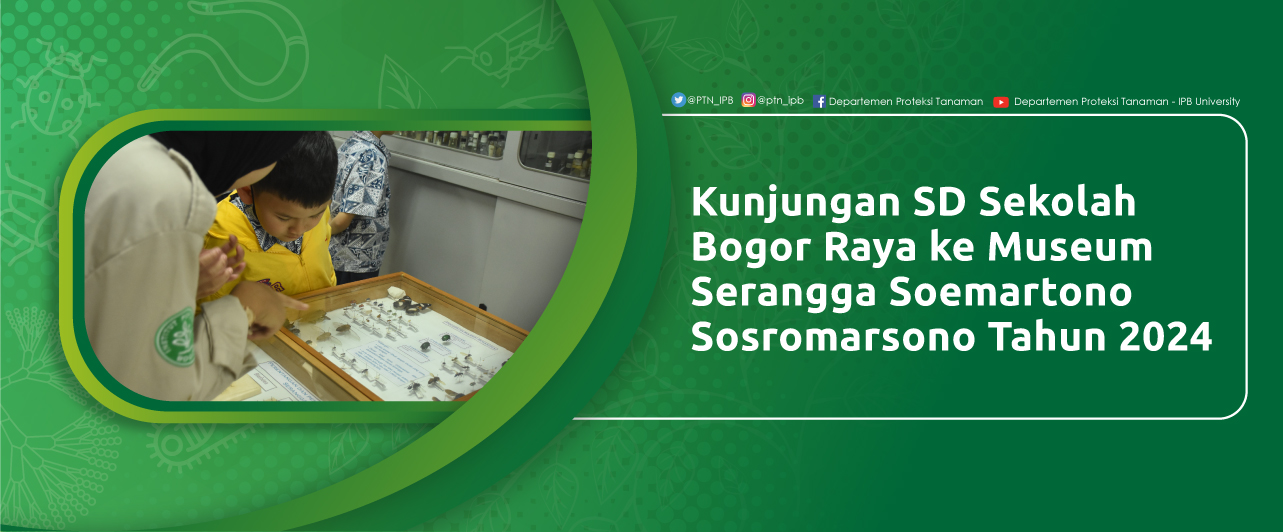
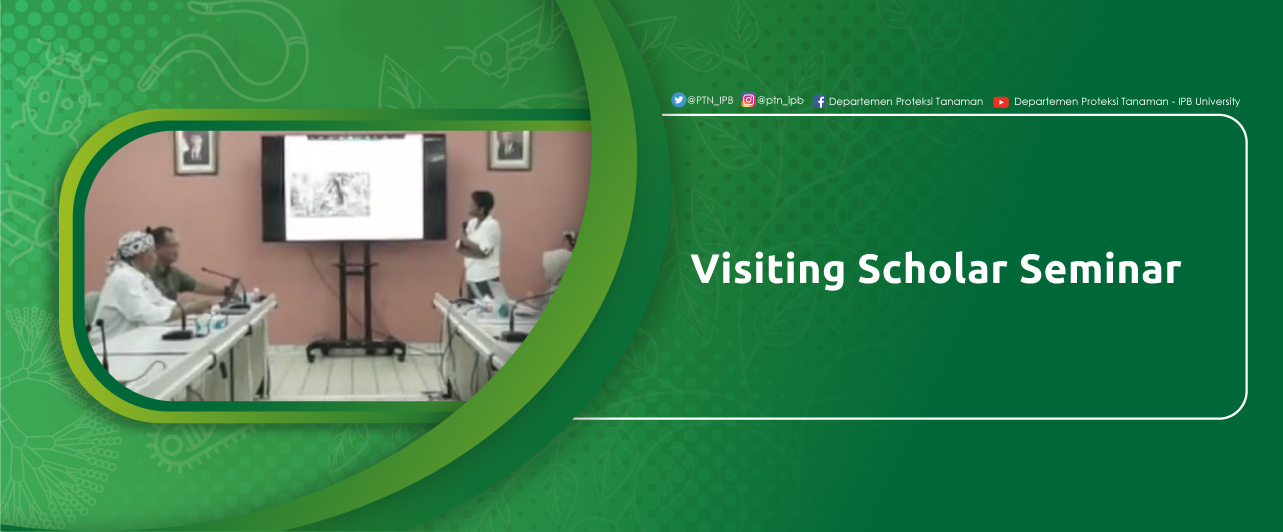
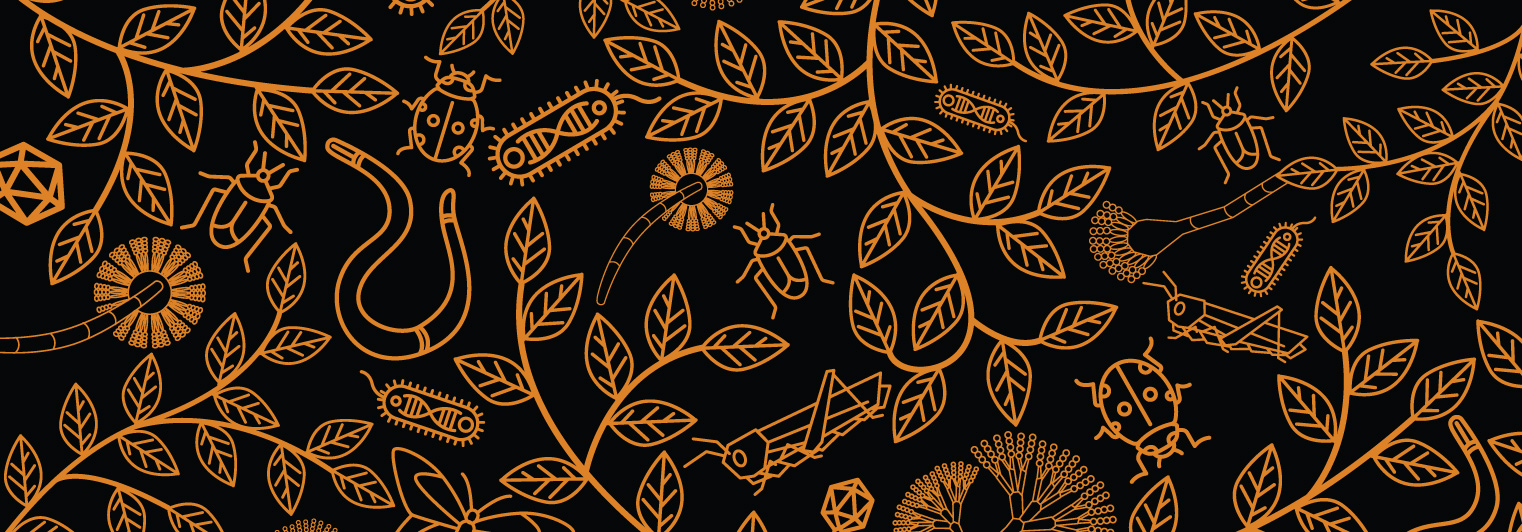

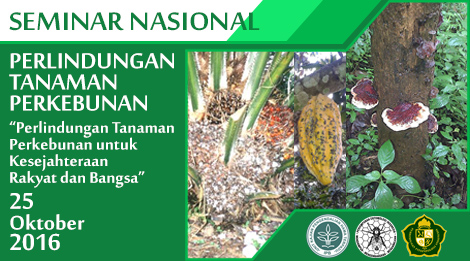

.jpg)